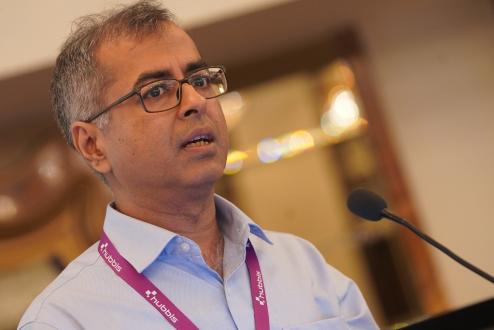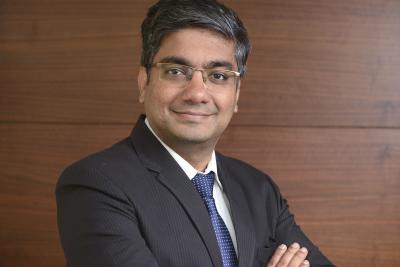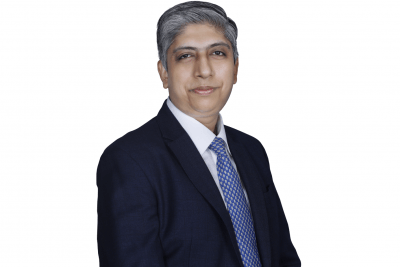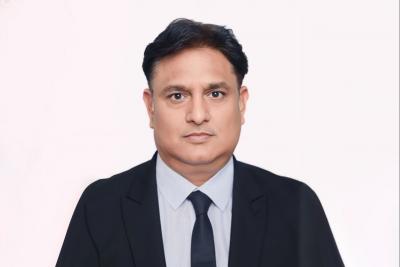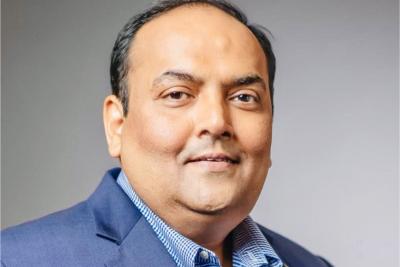The Evolution of Indian UHNW Private Client Portfolios – Looking ahead to 2030 with Avendus Expert Arvind Bansal
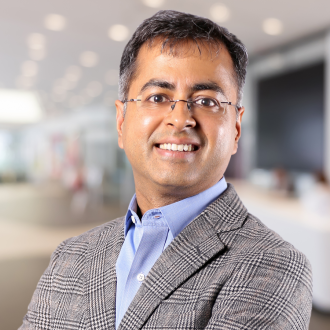
Arvind Bansal of Avendus Wealth Management
Sep 19, 2023
Arvind Bansal is Executive Director & Head, Products & Advisory at leading independent Indian firm Avendus Wealth Management. He offered delegates at the Hubbis Wealth Management Forum in Mumbai on August 30 a lively and succinct presentation on how the typical Indian HNW portfolio had evolved from 2000 to 2023 and how it might look in 2030. He reviewed which asset classes and product structures have the biggest positive and negative impacts, and he assessed key requirements from various stakeholders, including wealth managers, asset managers, regulators and tax authorities. He painted a realistic picture with many ongoing challenges for the wealth management community but also offered the prospects for leading firms such as Avendus to compete effectively and prosper by anticipating change, innovating, and expanding their one-stop shop with ever-greater access and expertise.
Referring to a concise and easy-to-digest slide show, Arvind first highlighted how wealth management for HNW and UHNW clients has been becoming severely disrupted. It started, he said, with direct investment plans in 2009 with lower fees, then the emergence of boutique fund managers who want to deal directly with investors, then technology has been commoditising services continuously, and at the same time, more and more family offices have been arriving on the scene demanding lower transaction costs all the time.
Many challenges
Meanwhile, returns in traditional asset classes (listed equity and fixed income) have been reducing since circa 2008, and revenue pools are also shrinking because of competition and regulatory intervention
“As to returns, we still have people expecting 25% listed equity returns, but they are no longer available, returns are more like 10% to 12% but you need to take more risk to achieve that, or adapt your expectations,” he commented. “Pre-2000 people used to make 13% to 14% in fixed income, and now the returns are more like 7% to 8%.”
He expanded on technology, remarking that many things that people used to pay for, are now commoditised and are available for free. For example, for product access, people can buy mutual funds online directly, without intermediary costs.
Fees being compressed, advice not monetised
As to skills around asset allocation, he said that wealth managers might say this is an ongoing exercise, but clients see it differently, more as a one-time activity that should be available for zero fee. As to reporting, it used to be more of a fancy report, but now there are many apps available that can offer reporting for free.
“And although I am told multiple times that investors will pay an investment advisory fee, I can say that from a business perspective, this is not the case - to service UHNW clients with AUM of perhaps USD250 million, the fee is less than the equivalent of USD70000, but it could be considerable lower,” he reported. “And for far larger clients, the fees could be driven down to just 3 or 4 basis points!”
Lastly, he explained that there are too many products of the same category and there is hardly any differentiation, meaning similar returns, and similar portfolios. “And we see the same fund managers who keep moving from one place to another and as a result, people are not able to differentiate, furthering the likelihood that these clients will not want to pay,” Arvind added.
Go your own way…
He also pointed to the emergence from 2014 onwards of standalone managers. Before that time, most of the asset management space was dominated by institutional managers, well-known names, but since then, more and more specialists have been quitting their institutional jobs and starting on their own, funded essentially by family offices who are prepared to write them cheques on day one because they have dealt with those individuals as fund managers with their previous houses.
“With a very small shop, fees can be far lower, but those individuals still take home what they might have earned at their banks or other firms, and they are free to work on their own,” he added.
“They want to manage money, want to remain small and have a piece of the pie, and they deal directly with the customers, without any intermediary in between. That is another core reason why the wealth management business as we knew it, is getting disrupted.”
The brighter side ahead
But not all is doom and gloom. Arvind explained that Avendus has played its own role in product innovation. “If returns are coming down and investors are expecting the same returns as before, we innovate and we try to come out with newer asset classes and newer product categories, which can make higher returns for investors, albeit at an elevated risk.”
He elaborated on these comments, noting that this is in keeping with the evolution of product availability over the years, from mutual funds earlier on, to PMS, then Alternative Investment Funds, all allowed gradually by the regulators.
Evolving the portfolio for the future
He said from 2003 to 2010, people largely invested in mutual funds. PMS became mainstream post-2010, and since 2014, AIFs came into the picture, opening the door to access private equity, VC, credit funds, special situations and now increasingly through offshore investments via the Liberalised Remittance Scheme of the central bank.
He explained that the independent wealth management sector grew apace during these years because many traditional wealth managers, many of which were banks, were not willing to offer some of these products. “As boutique managers, we became very large, offering specialised products, higher returns and probably in most cases, at a slightly premium fee.”
Going private, heading offshore
Looking ahead, Arvind offered his predictions on what portfolios will look like for very wealthy investors in India. He thinks they will, by 2030, have moved away from mutual funds almost completely; they will stay in equity PMS, and also in PE funds, but will also be involved in more direct PE deals for better returns and better visibility.
Moreover, most successful private equity managers will raise more and more local capital. “Whereas now there has been only offshore capital, increasingly they are raising between 30% to 50% local capital and this trend will continue to accelerate,” he explained.
The investors will stay in VC funds, especially in areas such as technology, consumer, healthcare, biotechnology and climate & sustainability. He predicted that these investors would increase exposure to credit paper, offshore investments, RE deals, and direct equity, which is likely to become a significant part of the portfolio. “Many investors who had concentrated positions in a single stock have multiplied their capital 10 to 20 times in recent years,” he reported. “Those returns are dramatically higher than for funds.
And he expanded on offshore investments. “In a very successful country, about 70% of the money is in domestic and 30% is in offshore assets,” he observed. “In India, people are coming from a very low base offshore, and we believe this will accelerate dramatically, supported also by advances such as GIFT City.”
Building the skills base
To achieve all these goals and this type of evolution, Arvind said talent is essential, as is upskilling the existing talent pool. “Most of the people were trained and developed in the pre-2015 era, but since then there have been so many changes taking place,” he commented. “So, we must upskill. The winners will be those who can offer all these services under one roof from a wealth management perspective. It won’t be easy. But we are prepared for the challenge.
Getting Involved
Interested in being part of the discussion? Be sure to save the date of our India Wealth Management Forum 2024, which is taking place on Wednesday August 28th, 2024.
Want to find out more about how you can take part? Get in touch at [email protected].

Executive Director - Head, Products & Advisory at Avendus Wealth Management
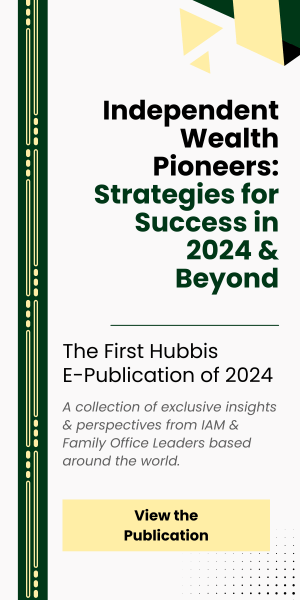
More from Arvind Bansal, Avendus Wealth Management
Latest Articles


